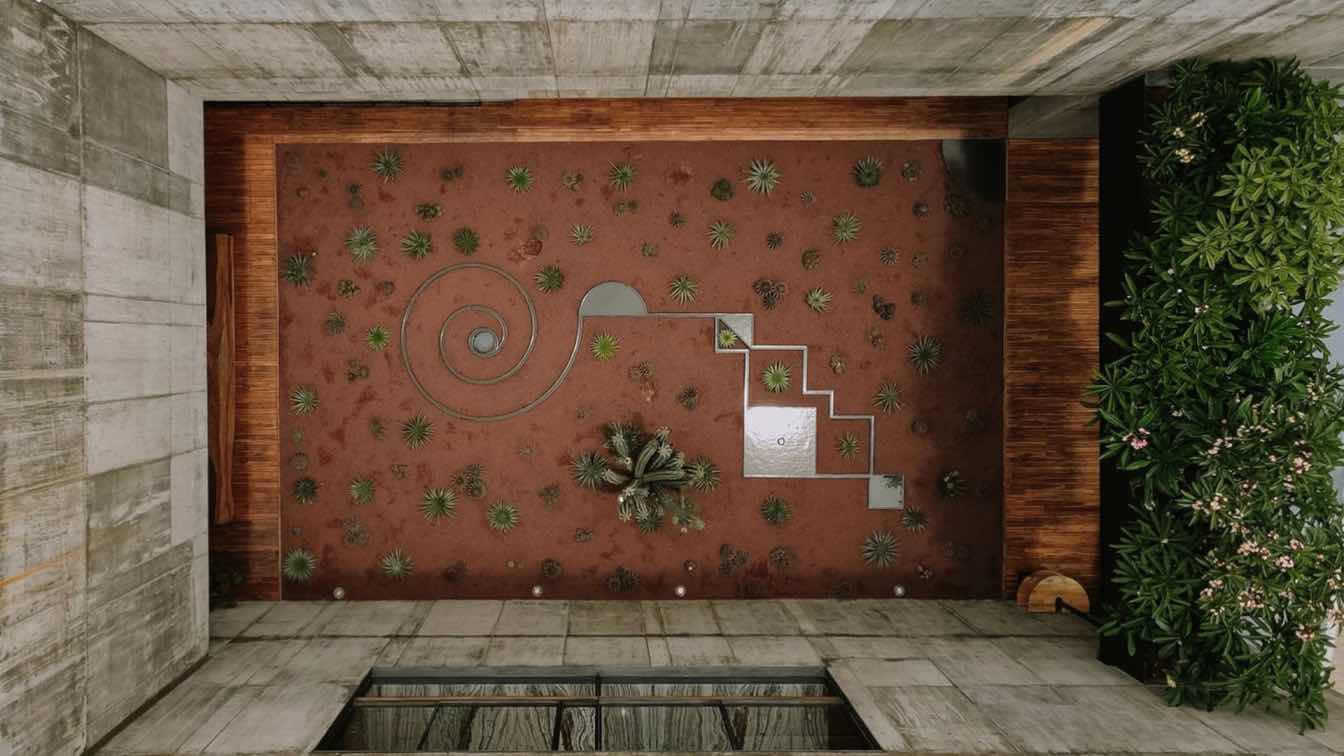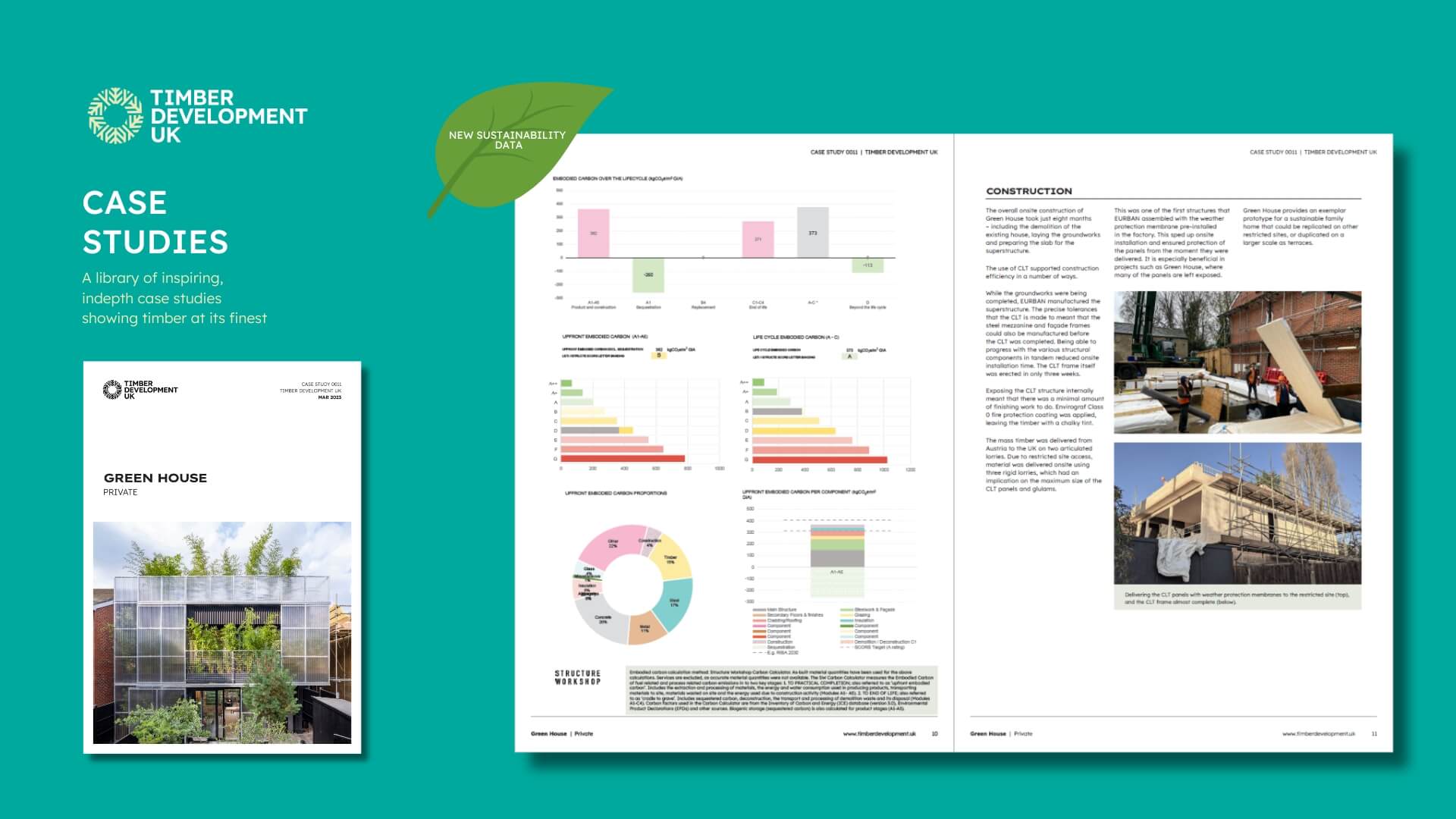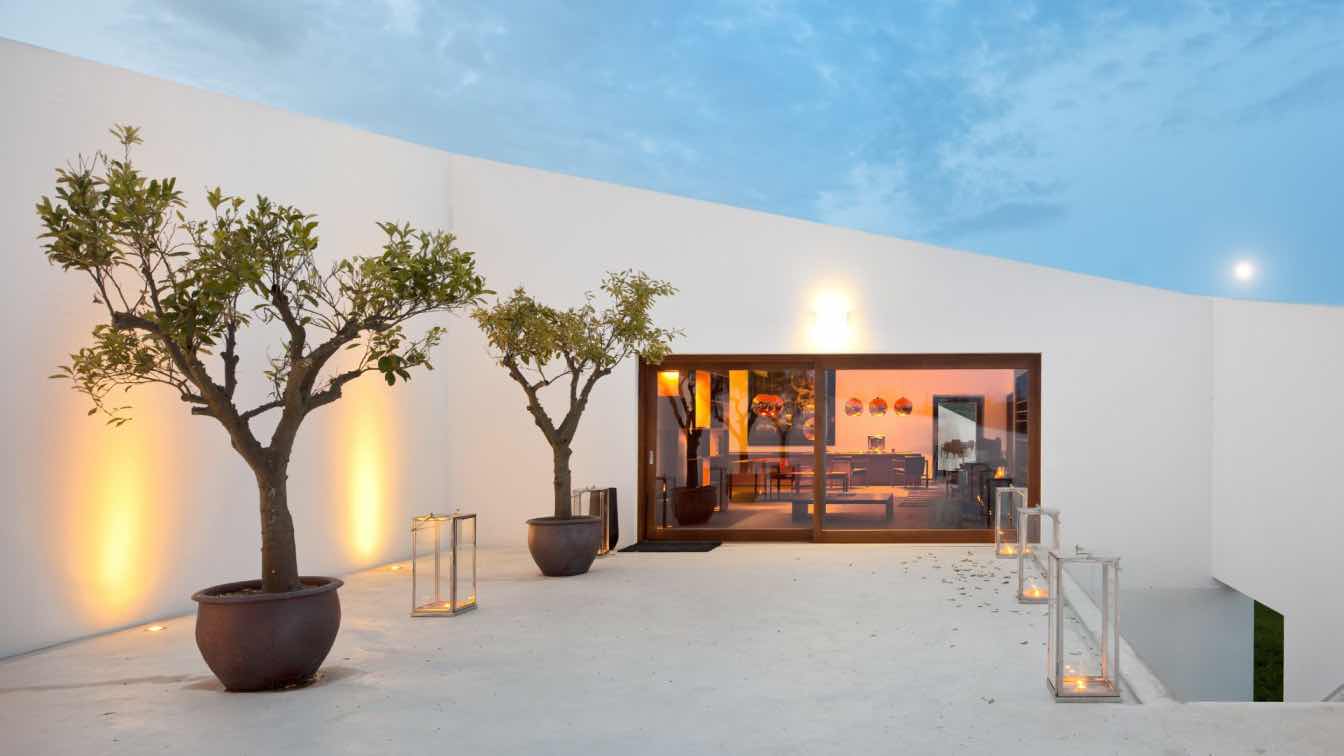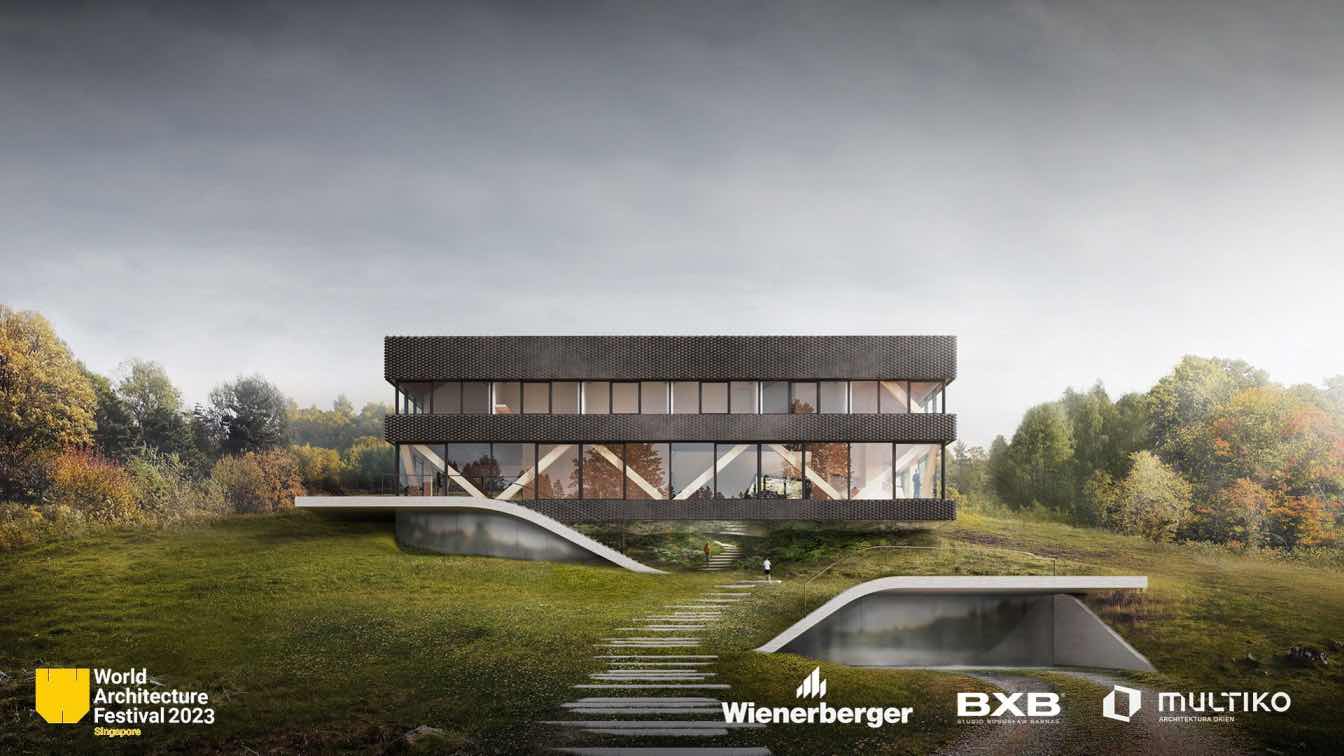The studio based in the Oaxaca Valley is transforming contemporary architecture with principles that balance sustainable building, meticulous restoration, and the advocacy of traditional construction techniques.
Architecture, as an intellectual process to understand nature, allowing for the projection of ethical and sustainable spaces, is the fundamental pillar on which the proposal of the renowned RootStudio workshop is founded.
The architectural laboratory, founded in 2009 by João Boto Cæiro and Fulvio Capurso, has adhered to the practice of creative reflection to experiment and develop new perspectives, based on an understanding of the environment and the fusion of technology with vernacular construction processes.
Based in the city of Oaxaca, RootStudio has forged, over more than a decade of activities, a distinctive hallmark recognized for its original works in Mexico and other parts of the world. Their repertoire demonstrates versatility in undertaking a wide variety of projects, including residential buildings, productive and educational centers, recreational and hospitality sites, all of which share a common denominator: harmonious integration with the landscape and an unwavering commitment to social responsibility.
Therefore, in every space commissioned to them, the application of bioconstruction principles prevails, representing the use of endemic materials adapted to local conditions; a sustainable guideline that results in reduced environmental impact. Additionally, RootStudio reinterprets historical spaces, preserving their originality through meticulous restoration, which revalues the crafts, skills, and knowledge of master stonemasons, bricklayers, carpenters, and blacksmiths.
In the studio’s vision, experimentation is an inherent condition of its identity, establishing itself as a firm where knowledge and techniques are extended to design teams and project managers to foster commitment, a collaborative spirit, and a sense of community.
In line with the above, the sense of community is deeply rooted as a way to engage with the population through workshops and other activities, where knowledge and skills are shared for individual development. Furthermore, for RootStudio, an architectural project represents an opportunity to create an aesthetic manifesto, which is why they constantly integrate special collaborations with painters, photographers, illustrators, sculptors, visual artists, landscapers, cabinetmakers, and textile artisans, who contribute their unique touch to the works and spaces created together.
Notable RootStudio projects include the Girl Move Academy in Mozambique, Africa – twice nominated by Arch Daily in the categories of “Building of the Year” and “Educational Architecture” – Hotel Sin Nombre, Flavia Luxury Hotel, Casa Mulata, the high school in San Agustín Etla, the José F. Gómez and Gabriel López Chiñas libraries, the Oaxaca Gastronomic Center, and the Rancho Cebú distillery in Tlacolula de Matamoros, all located in the State of Oaxaca.
Entering a RootStudio work is to find oneself in a dynamic and emotional atmosphere, where refined simplicity is the result of deep reflection on the purpose of contemporary architecture.
ABOUT ROOTSTUDIO
Based in the city of Oaxaca and founded in 2009 by João Boto Cæiro and Fulvio Capurso, RootStudio defines itself as a multidisciplinary laboratory and office encompassing architecture, design, illustration, painting, and sculpture.
Over more than a decade of activities, RootStudio has forged a distinctive hallmark recognized for its original works in Mexico and other parts of the world. Their portfolio showcases versatility in undertaking a wide variety of projects, including residential buildings, productive and educational centers, recreational and hospitality sites, all of which share a common denominator: harmonious integration with the landscape and an unwavering commitment to social responsibility.
Entering a RootStudio work is to find oneself in a dynamic and emotional atmosphere, where refined simplicity is the result of deep reflection on the purpose of contemporary architecture.







